The Desierto de Tabernas Paraje Natural consists of 11,625 hectares of what is considered to be the only real desert in Europe. Strictly speaking it is a semi-arid zone
By Nick Nutter | Updated 23 Apr 2022 | Almería | Parks |
Login to add to YOUR Favourites or Read Later
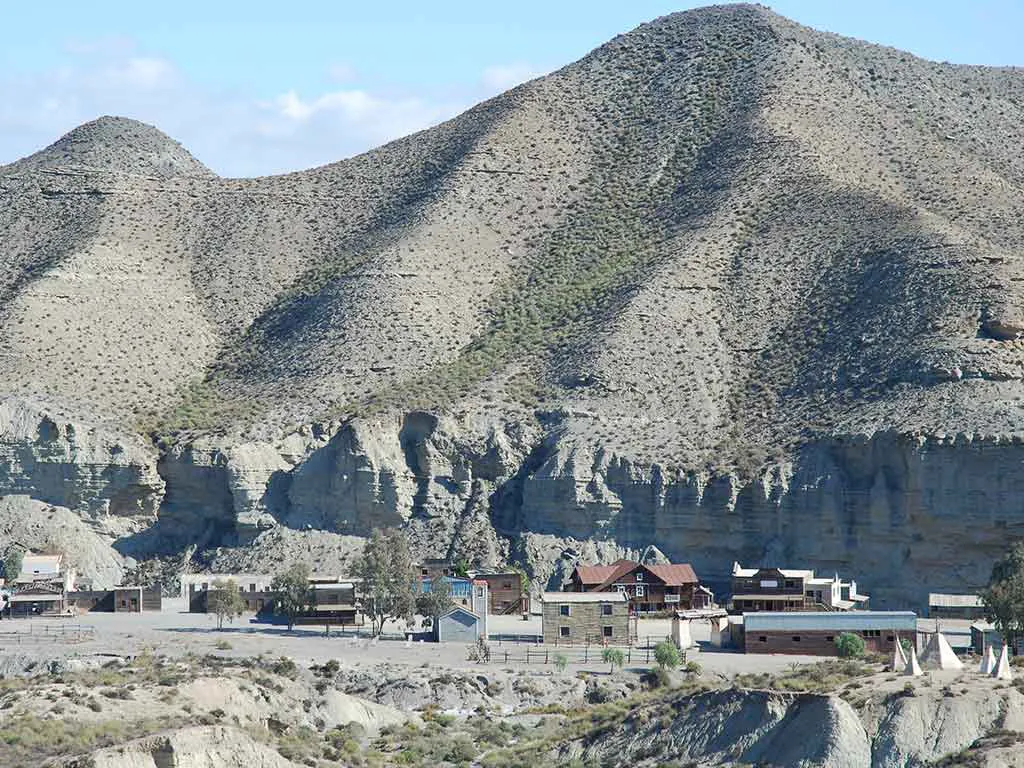

Sierra Leone Tabernas desert
Of all the landscapes in Andalucia, the desert of Tabernas is, to me, one of the most fascinating. Sparsely inhabited with vast horizons and barren hills it could be a lonely place. It can also be dangerous, the sun blazes from a washed out blue sky, their rays reflected back from the rock. In summer, temperatures approach 50 degrees C. Any water you do find, from subterranean springs, is undrinkable due to its salinity. The silence to many people is oppressive, but stand and listen. You will hear the calls of the many birds that have made this place their home and cicadas sound like mini chainsaws going abruptly quiet if you do happen to get close to one. The wind can whistle as it is funnelled down the arid ramblas. Look carefully and you may well spot movement in the sandy terrain, sandgrouse that prefer to run rather than fly from danger, invisible until they move, so well are they camouflaged. Underfoot, and boots are preferred, yellow scorpions shelter in the shadow of small rocks and the occasional ladder snake will be found basking in the sun. To me it is all magical, a timeless landscape that has remained largely untouched by humans for at least a million years.


Rambla
The Desierto de Tabernas Paraje Natural consists of 11,625 hectares of what is considered to be the only real desert in Europe. Strictly speaking it is a semi-arid zone, with rainfall somewhat less than 250 mm per year. Whilst the average temperature is 17 degrees C, the range is from -5 to 48 degrees C.
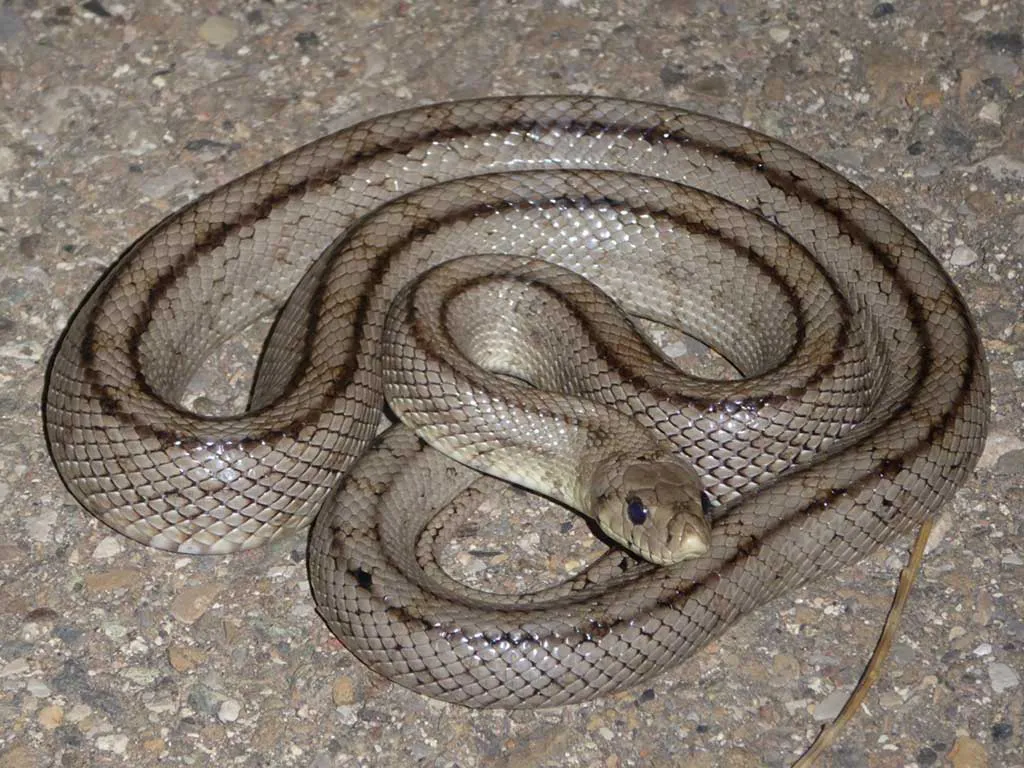

Ladder snake
The rainfall is spasmodic with sudden deluges. Over the eons, the soft sandy loam has been eroded to form deep canyons called ramblas, arroyos or barrancos. Normally dry, in fact, often used even today as roads, after a deluge they can become raging torrents. More permanent residents of the ramblas are swifts, hedgehogs, jackdaws, pin-tailed sandgrouse, thrushes, curlews, trumpeter finches and crested larks. Yellow scorpions, tarantulas and black widow spiders (not as deadly as the North American version) are not uncommon. Reptiles include ladder snakes, spiny-legged lizards, and ocellated lizards. Rabbits, hares and dormice are the prey for peregrines and Bonelli’s eagle that come down from the Sierra de Alhamilla.
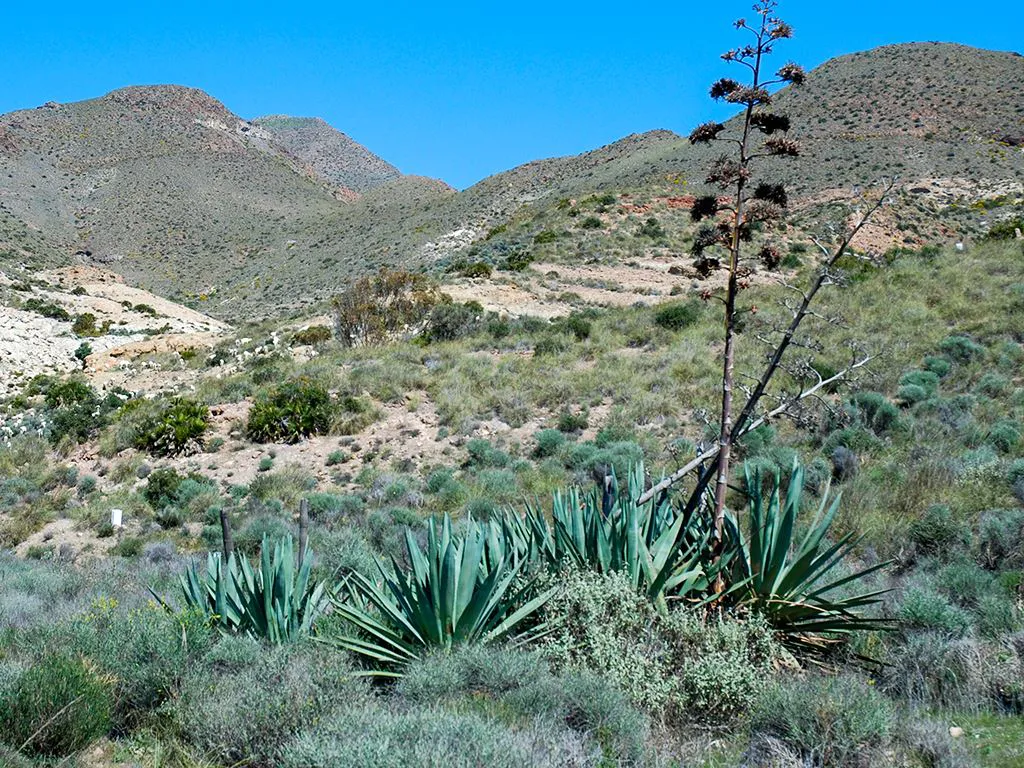
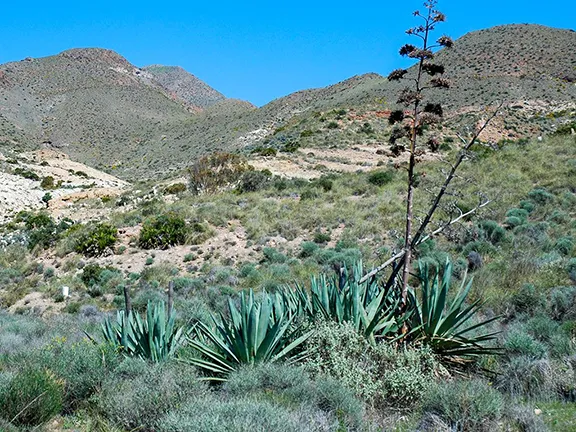
Tabernas Desert Landscape
After rain, the desert blooms. The blueish purple flowers of the near to extinction sea lavender, limonium insignis, stand out against the bland, ochre backdrop. More common in the gullies is the winter-flowering toadflax linaria (Nigricans lange), that carpets the ground with a white, scented blossom. Altogether there are about 58 species of plants, all adapted to the arid conditions. One, the Salsola x masclansii, a type of thyme plant, is critically endangered whilst another four are classified as endangered including another edible herb, Rosmarinus eriocalyx.
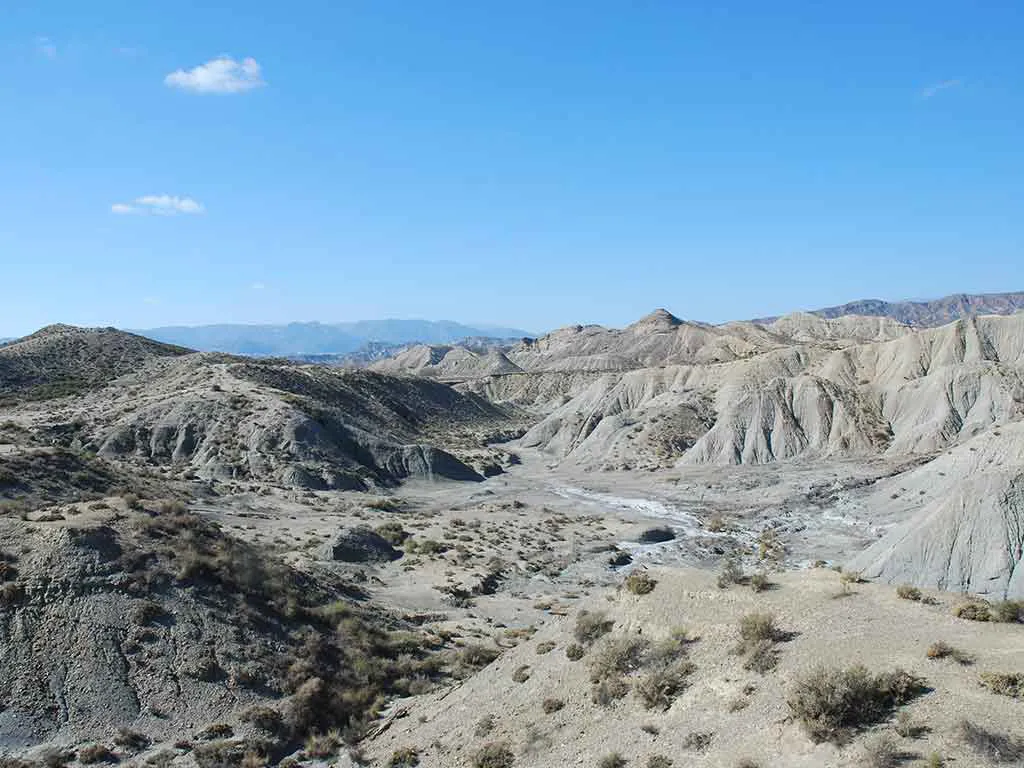

Tabernas Desert Landscape

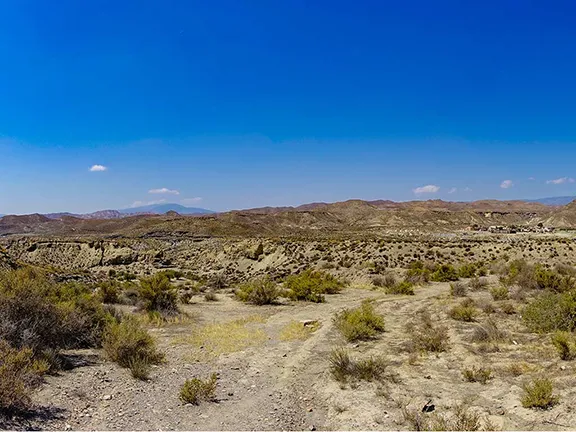
Tabernas Desert Landscape